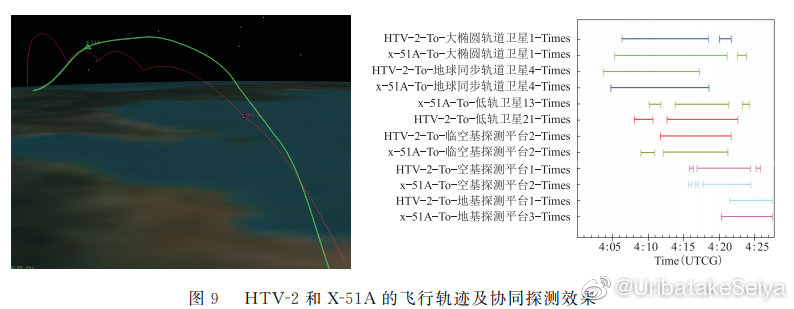I do not know it seems like excessive complication to me.
That is going to be one heavy engine. It also does not solve the main problem with any of these high speed vehicles which is airframe heating for prolonged times while traveling at high speeds. In the 1970s there were all sorts of programs in the US for fighter aircraft and bombers like the SR-71 derived YF-12, the XF-108 Rapier, or even the XB-70 Valkyrie. Those all flew at airspeeds slightly over Mach 3 and even then some of them had issues. Namely the Valkyrie which used a metal honeycomb matrix which they never got to work. The US retried this in the Reagan era with the X-30 NASP "Orient Express" which also used honeycomb matrix metal and it didn't work then either. The metal matrix and carbon composite hydrogen tanks never worked properly. They tried composite hydrogen tanks, again, in the X-33 and it also failed.
Space launch vehicles or intercontinental missiles don't have these friction heating issues nearly as much because they quickly leave the atmosphere. The reentry vehicles, if any, are typically rather small and have to withstand the friction for a short amount of time.
I think it would be much easier to develop an YF-12/XF-108 Rapier analog or if you really want a cryogenic higher speed aircraft I think you are better off with liquid methane than liquid hydrogen. The technology for lightweight structures with liquid hydrogen is probably not quite there yet. Steel is arguably the best structure for storing liquid hydrogen even today. Maybe Al-Li is better. Honeycomb structures have been a disaster. Perhaps with modern additive manufacturing techniques it can be made to work, don't know, but it would be hard. Liquid hydrogen besides being close to absolute zero the molecules are so thin they permeate through composites and matrix materials easily.


